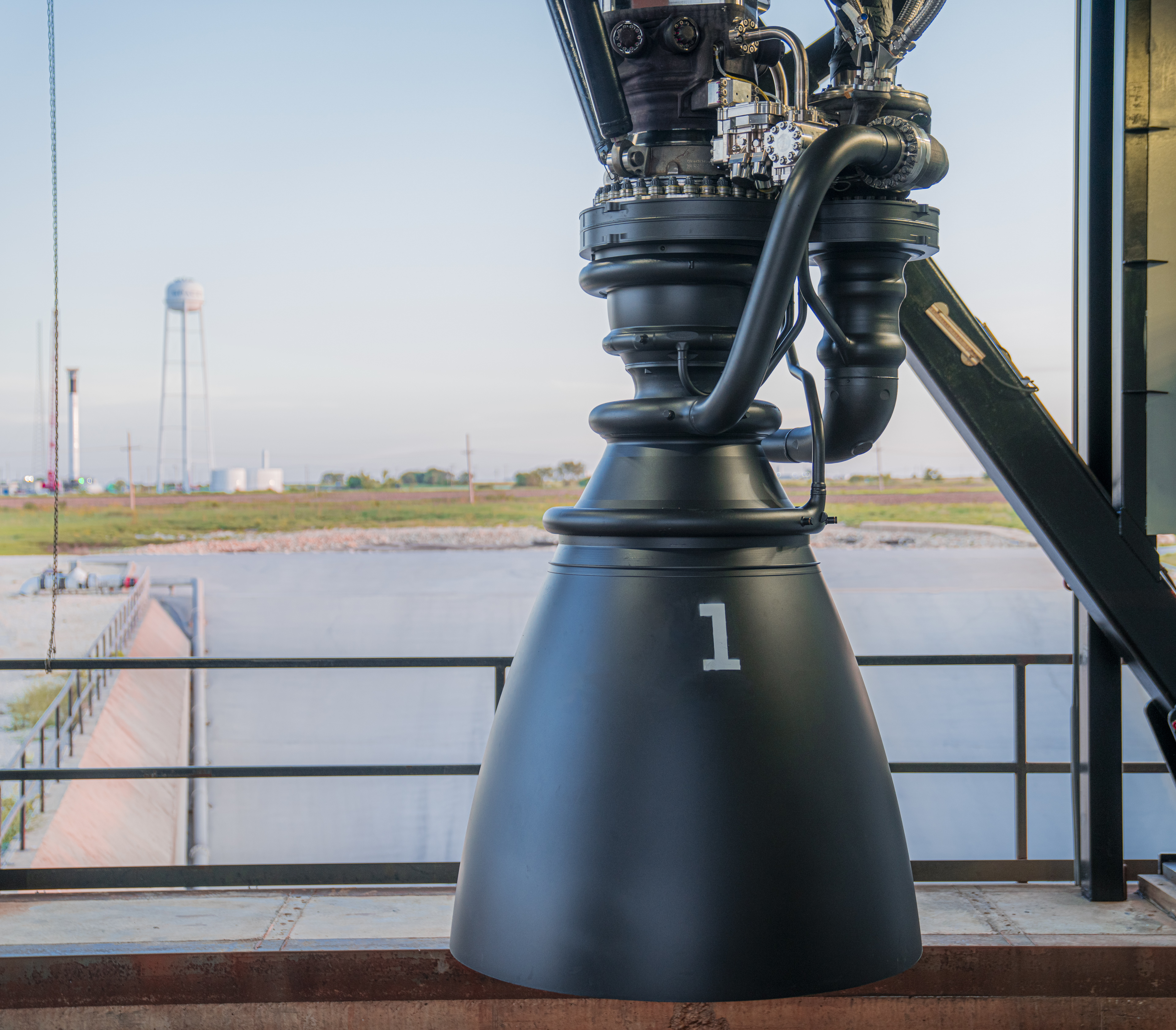World's most advance Rocket Engines
Lets get into one of most powerful engines, Raptors.
SpaceX Raptor is a full flow staged combustion cycle rocket engine, specially developed to use on Starship, world's biggest and most powerful rocket.
The engine is powered by cryogenic liquid methane & liquid oxygen.
Some more specifications :
Propellant mixture ratio : 3.6
Pumps : 2
Thrust :
Raptor 1 - 185tf
Raptor 2 - 230-250tf
Raptor 3 - 280tf
Thrust to weight Ratio : 200
Chamber Pressure : 370 bar
Specific impulse : 380s vacuum | 350s sea level
Mass flow rate : 650 kg/s
The development of Raptor family started in 2012.
Methane & oxygen use in Raptor is a great decision & vision for SpaceX's plans for Mars colonization.
Mars' lithosphere indicates signs of underground water & Mars' atmosphere is reach in CO2, which makes it clear that methane can easily be synthesized on Mars.
By 2016, SpaceX constructed a new engine test stand facility at McGregor test site in central Texas for Raptor testing. Later year, SpaceX became first to test a first full flow staged combustion methalox engine successfully.
2021, SpaceX built a second production facility for Raptor engines, expecting to produce 800 to 1000 rocket engines per year! whoooooo.
The Raptor 1 engine cost a whooping $1 million to manufacture. SpaceX reduced the cost, taking it down to just around $250,000 each by mass producing engines.
The Raptor 2
Version 2 of Raptor; a completely redesigned version of Raptor 1.
Many changes were made, the turbomachinery, chamber nozzle and electronics were all redesigned, many flanges are converted to welds.
The new design was with much cleaner plumbing and wire harnesses.
The chamber throat of new Raptor were wider resulting in 25% more thrust generation at the cost of slight efficiency loss.
Raptor 2 produced a thrust of 230 tones,
Musk announced later in 2022 that Raptor 2s will be able to produce a thrust of 250 tones.
Here is the visuals from Raptor 2 static test
Raptor 3
The newest Raptor3s are an engineering marvel.
A streamlined design with further completely cleaner plumbing and sensors increases reliability and re-entry performance of the Starship SuperHeavy.
The new design of Raptors doesn't require heat shield and rather uses an internal cooling and flow circuits that runs throughout the engine at various sections, eliminating many of bolted joints, while showcasing welded joints.
The specific impulse of the newest Raptors is up around 350s and the chamber pressure to 370 bar while the first generation only stand at 300s ISp and 250 bar Pc.
Raptor 3 produces a whopping thrust of 280 tones that's 280,000 kg or 617,294 lbs,
Raptor 3 showcases the level of #innovation.
Raptor 1 were most efficient full flow staged combustion cycle rocket engines, yet SpaceX came up with Raptor 2 & 3, making a step closer to Mars.
Raptor 3
Raptor 3 engines are specially designed for lower stage high performance but can be vacuum optimized.
But SpaceX already have newest RVac;
The Raptor Vacuum
Raptor Vacuum is a vacuum optimized version of Raptor with an extended, regeneratively-cooled nozzle for higher specific impulse; which goes up-to 380s.
RVac has a smaller smaller engine nozzle to avoid flow separation.
The newest Raptor 3 and Rvac
The first ever 3 Raptor Vacuum engines were flown on SpaceX Starship prototype SN20, which was planned to be the first orbital test flight of Starship.
However the first orbital test was then done with ship SN24!
SpaceX Raptors reflects not only the pinnacle of engineering but also the rapid growth and advancements in the aerospace industry.
Here is a cool comparison of all three versions of Raptors. (note - few values may not be exact)
Such a great and exciting time!
Until the next blog and Starship's next orbital flight!
Ad Astra!
___________________________________
Let's connect and explore!
Click here : Sahil Parmar
more : https://bit.ly/sahilparmar






.png)











0 Comments
Ideas and solutions are always worth to share.
Questions are always worth to be asked.